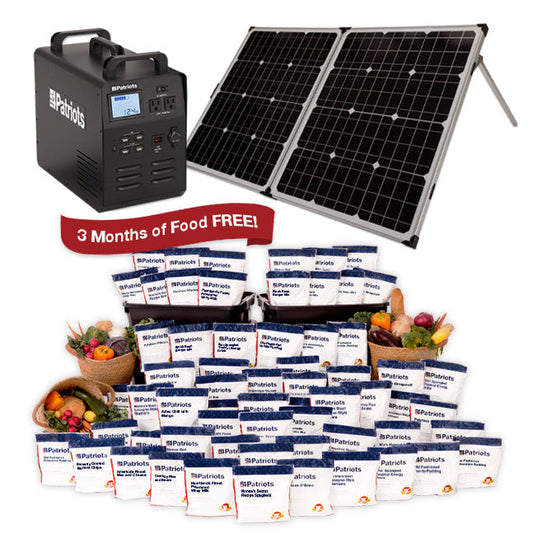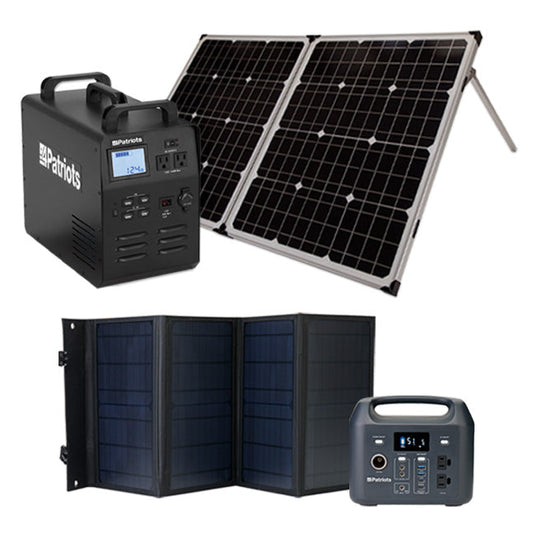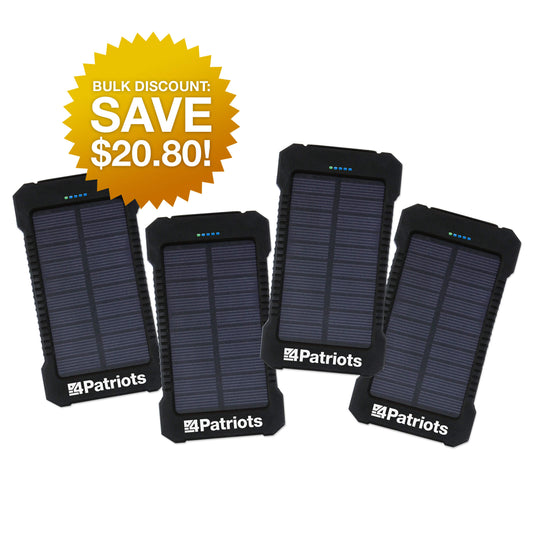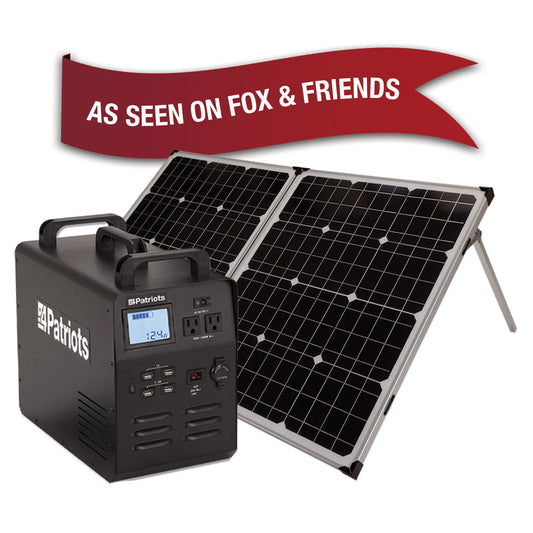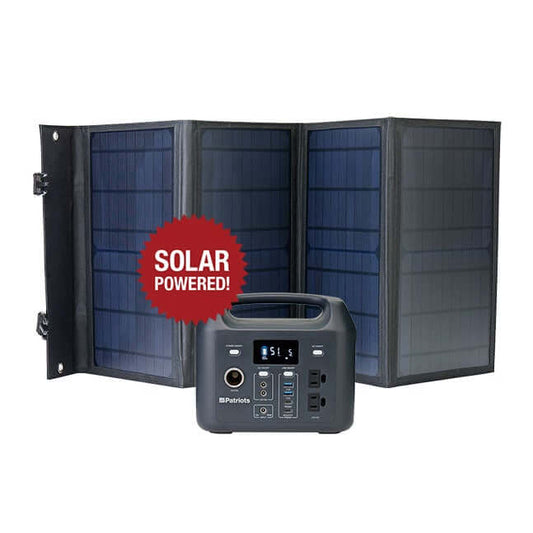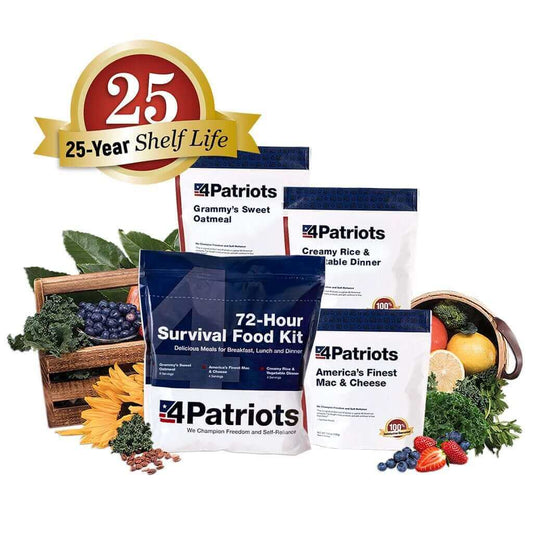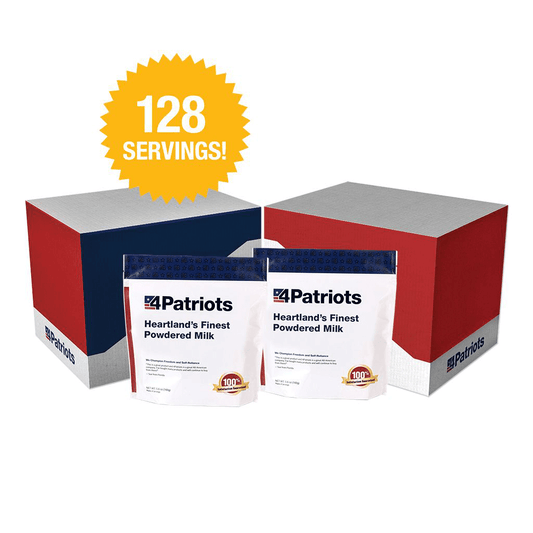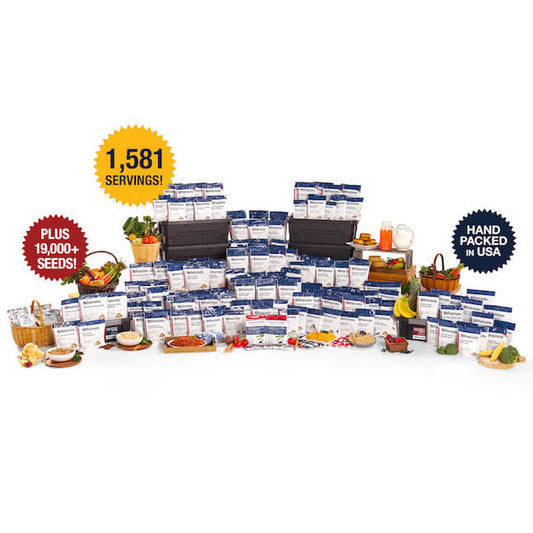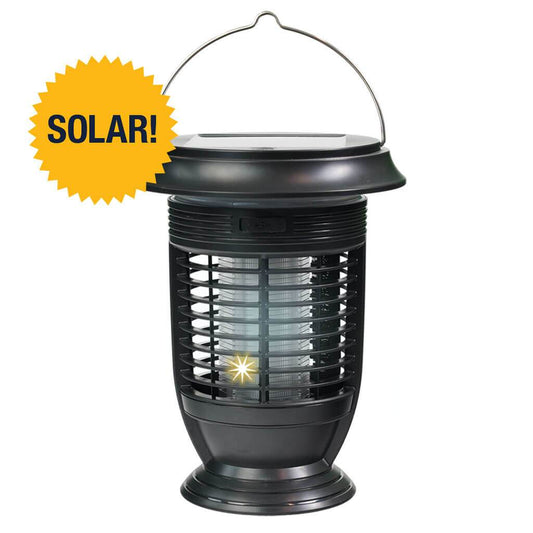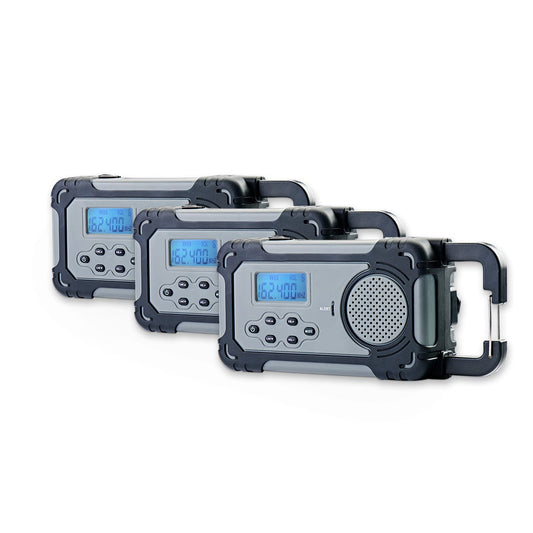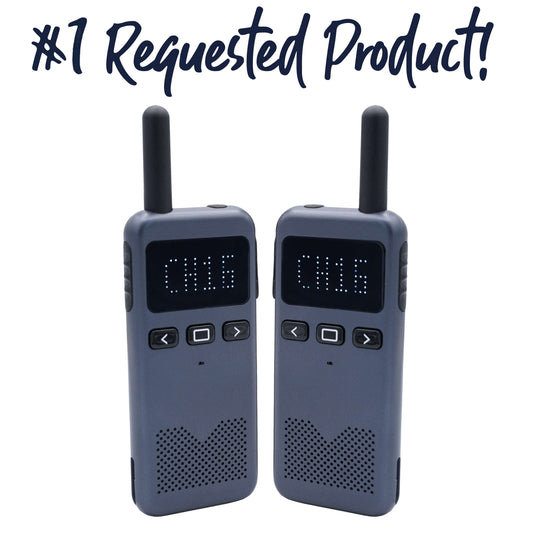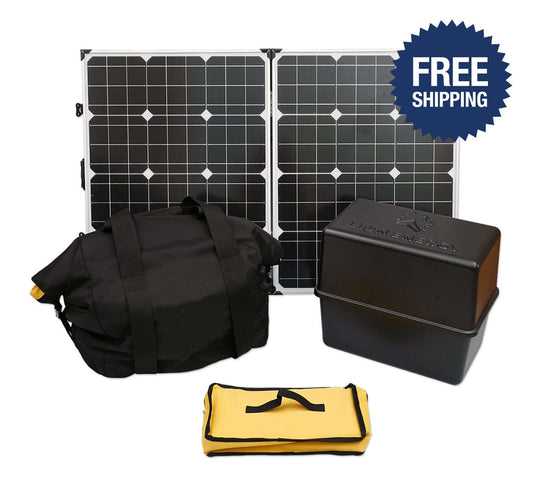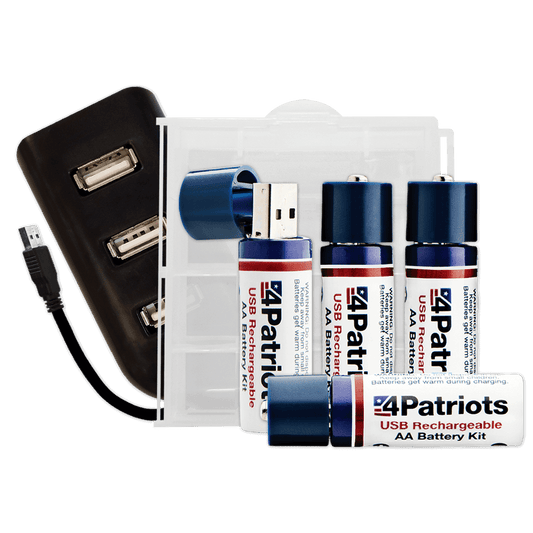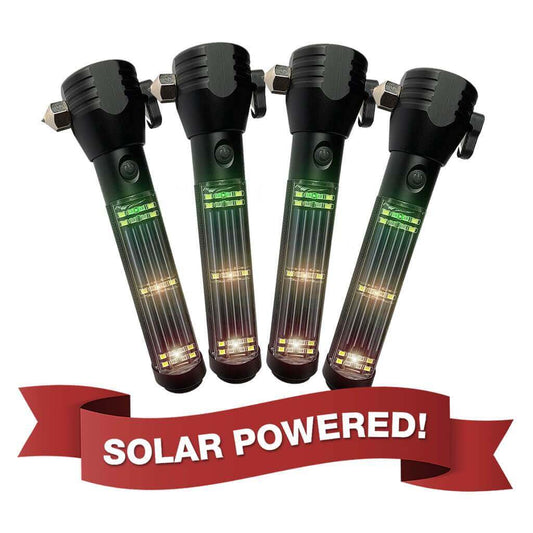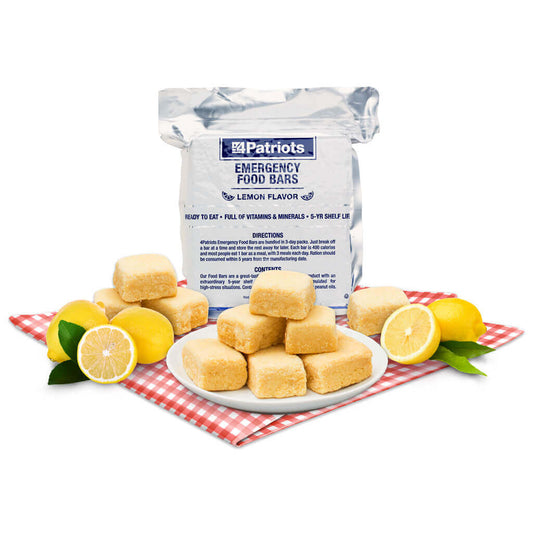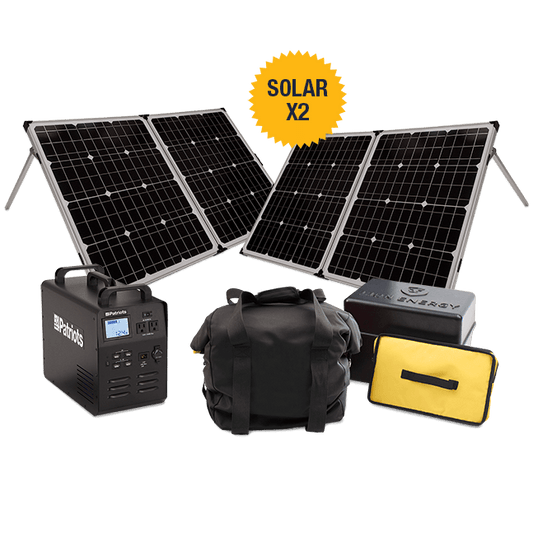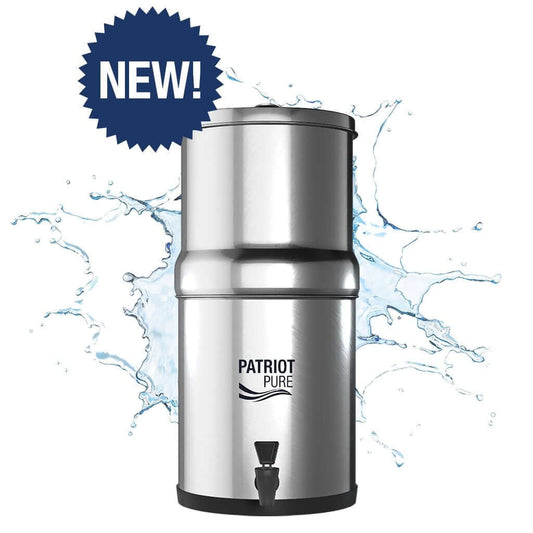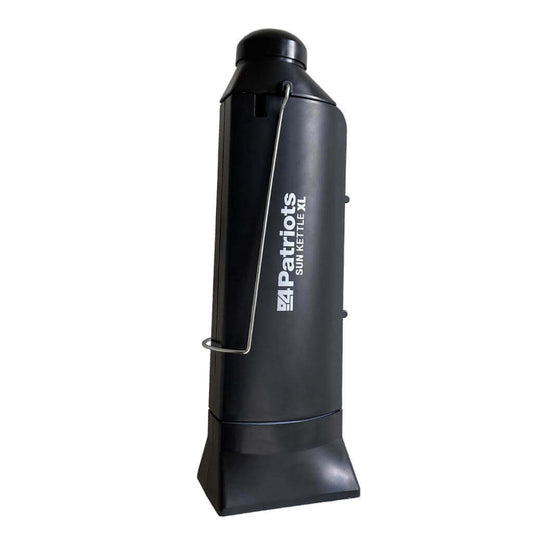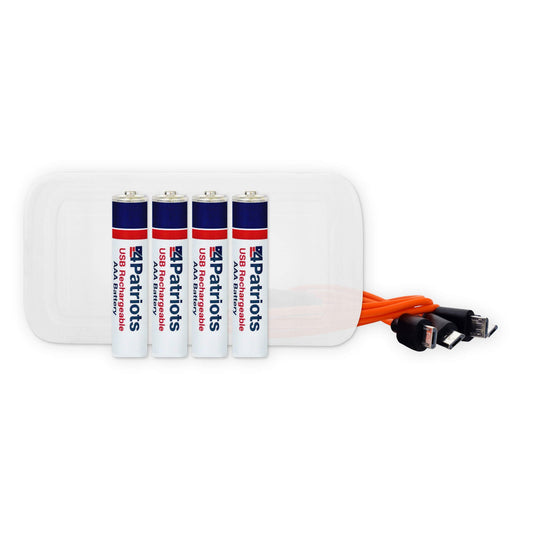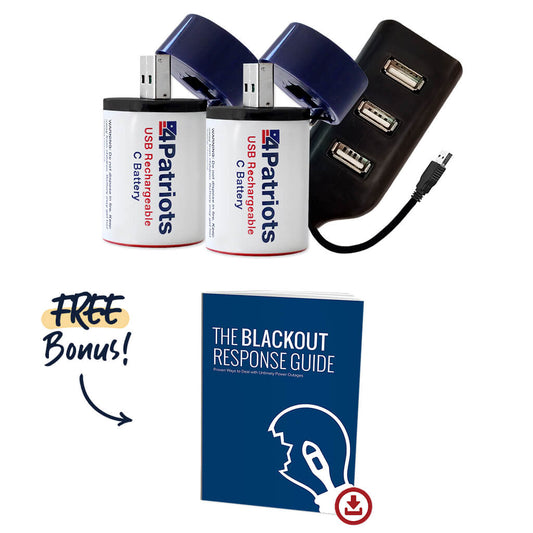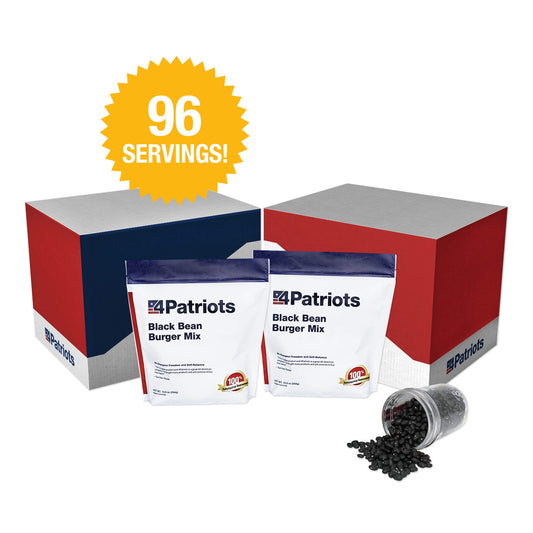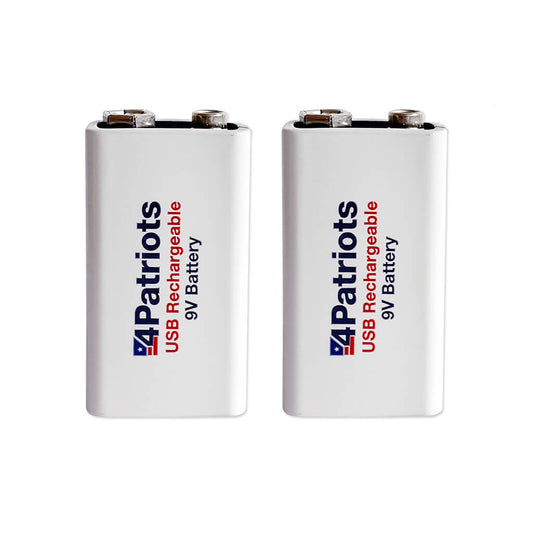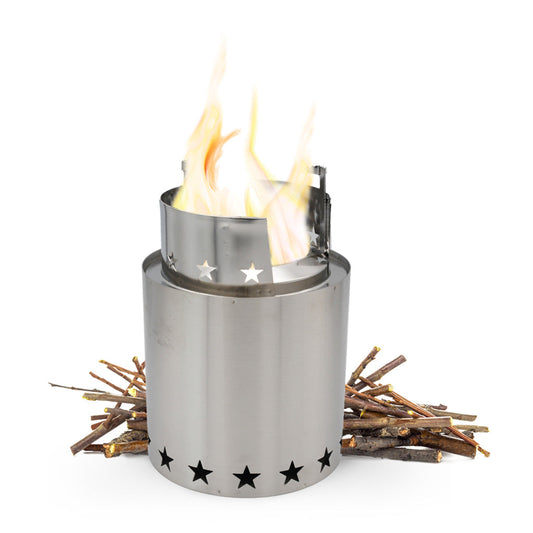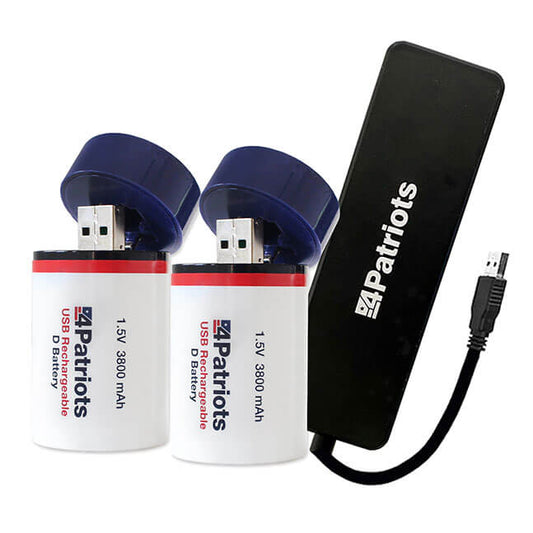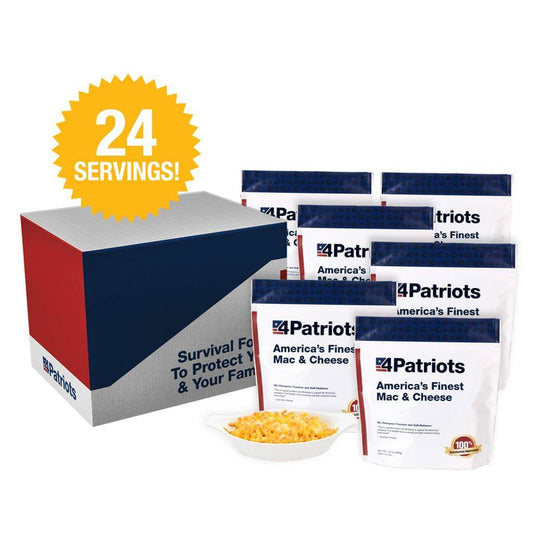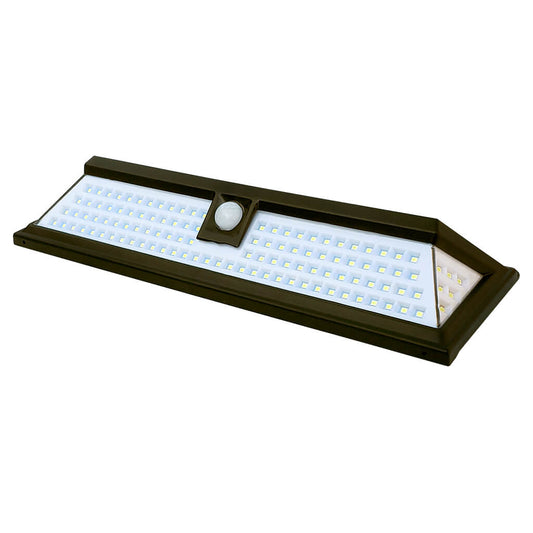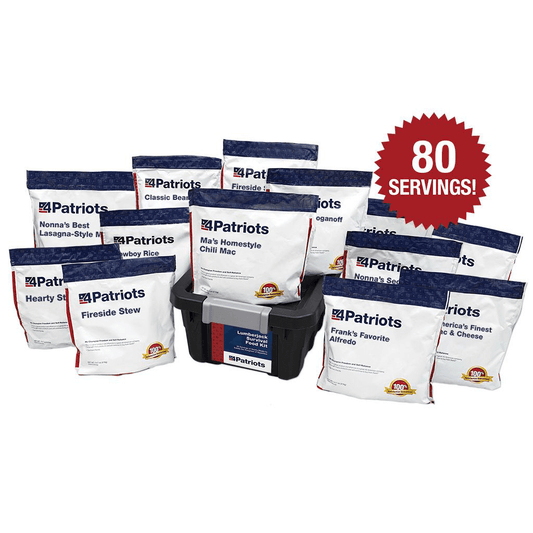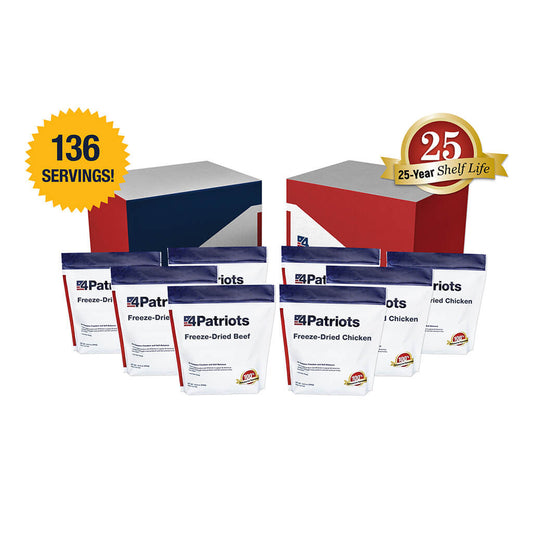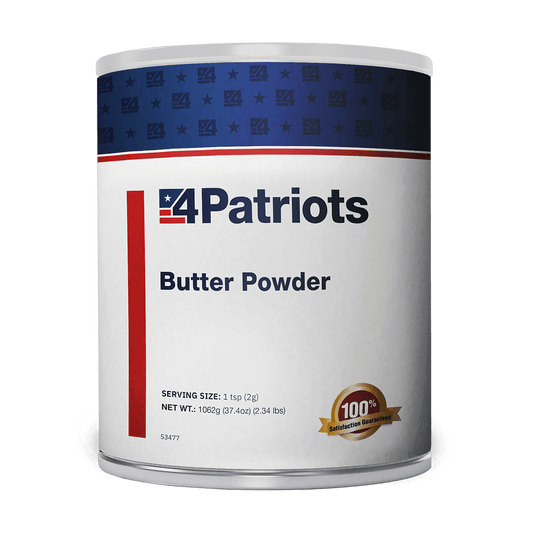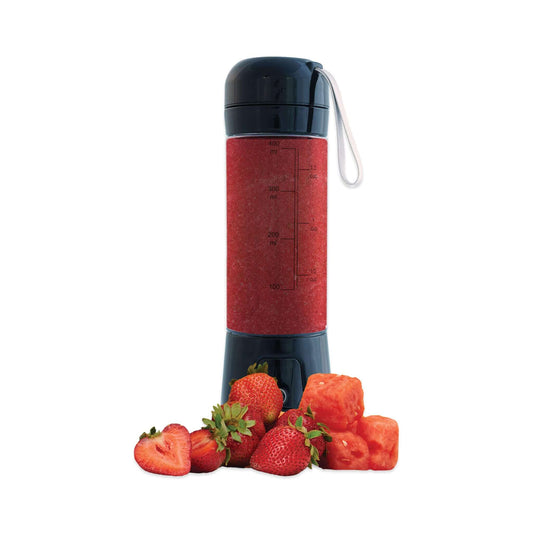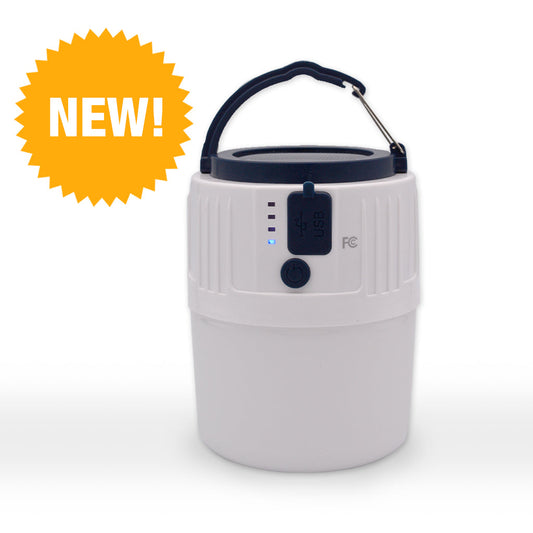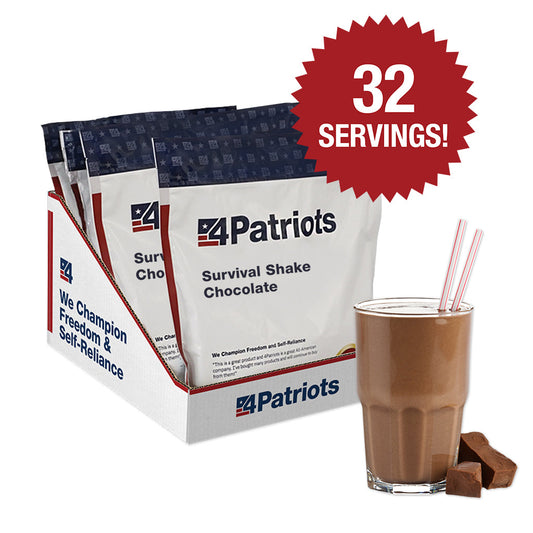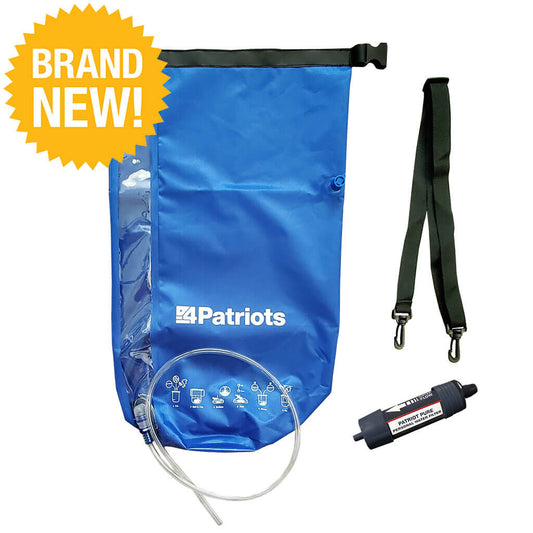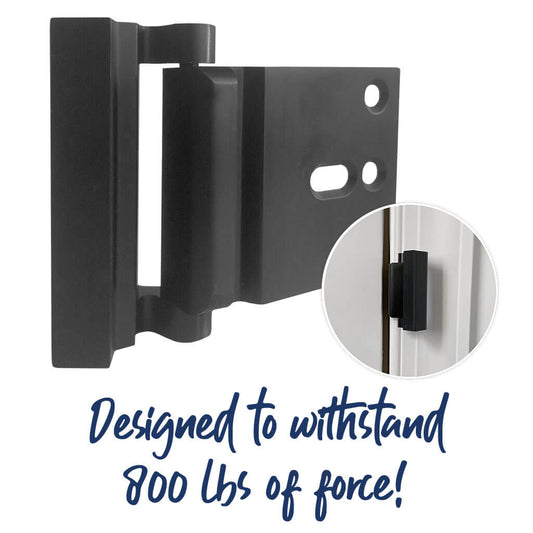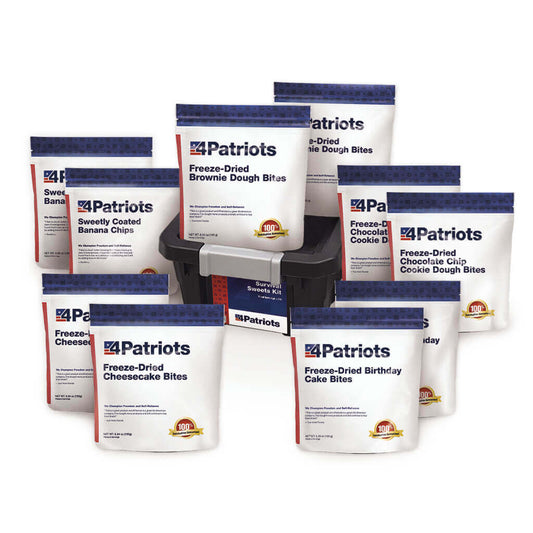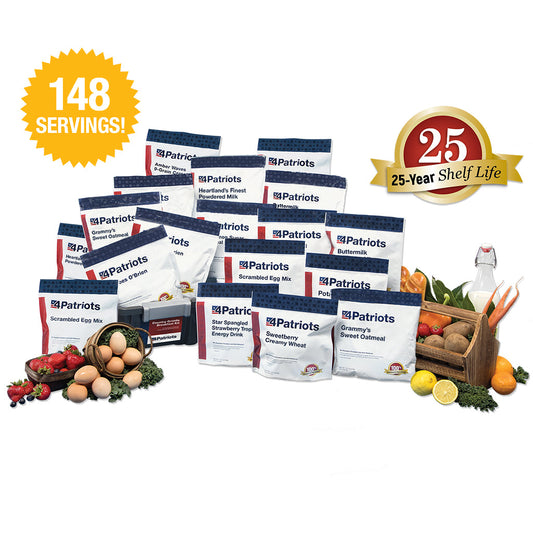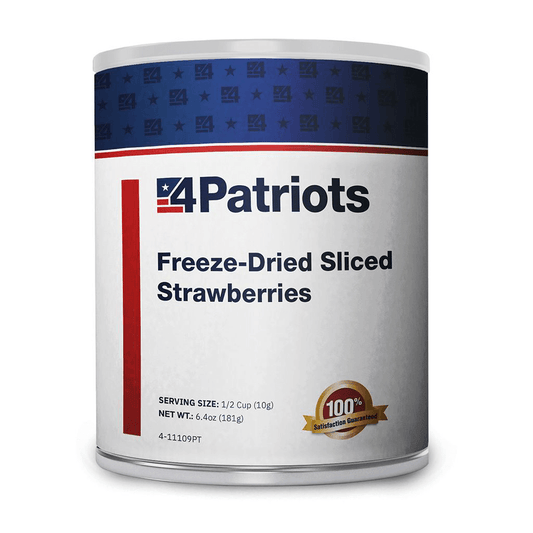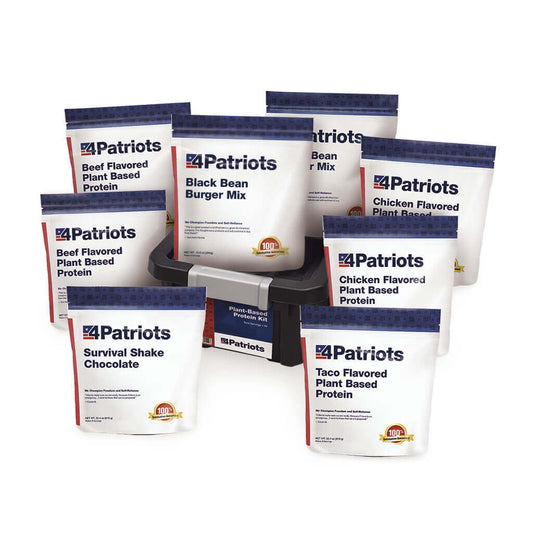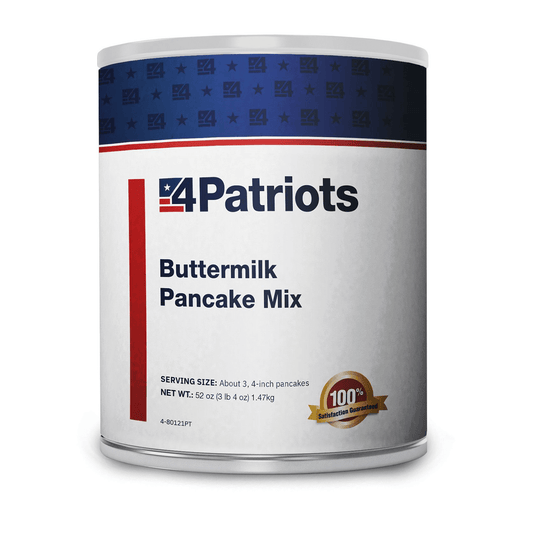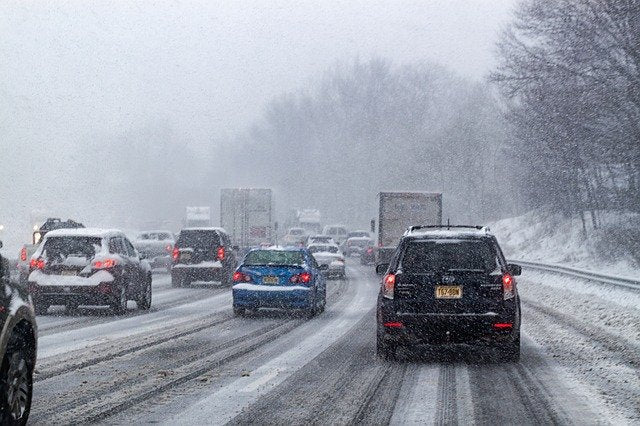
Winter Storms + Stranded Motorists = Hungry People

What's the first thing you think of when you hear "Category 5?" A hurricane, right?
I'm sure that's what most people would say. But did you know there are also Category 5 winter storms?
According to Weather.com, there have been 28 Category 5 winter storms since 1900.
A winter storm is a Cat 5 if it is labeled as "extreme." Category 4 is "crippling" and Category 3 is "major." Category 2 is "significant," while Category 1 is "notable."
Xanto and Nemo Storm In
One of the more recent Category 4 winter storms occurred in April 2018. Named Xanto, it was the second heaviest snowstorm on record in Green Bay, Wisconsin.
After pummeling Minneapolis and St. Paul, Minnesota, it dumped more than 30 inches of snow in parts of eastern Wisconsin.
Five years earlier, winter storm Nemo brought several feet of snow to New England. Accompanied by high winds that knocked out power, it buried cars and collapsed roofs.
Despite the devastation it caused, Nemo was ranked as a Category 3 storm. Partly because it missed a few large metro areas such as Philadelphia and Washington, D.C.
Category 5 Winter Storms
As strong as Xanto and Nemo were, they fell short of Category 5 status. The most recent Cat 5 winter storm occurred in the Midwest in February 2011. It was called the Groundhog snowstorm.
Other Category 5 storms in the Ohio Valley include the Great Appalachian storm in 1950. And the Chicago Blizzard in 1967 and Superstorm '93.
The 1950 Great Appalachian storm was bizarre. Due to its circular pattern, at one point cold air was coming from the south and warm air from the north.
Snow totals from that storm included 57 inches in Pickens, West Virginia and 44 inches in Steubenville, Ohio. Plus, more than 30 inches in Pittsburgh, Pennsylvania.
Snowstorms Not Limited to the North
Category 5 winter storms in the Northeast (Maryland to Maine) have included Superstorm '93. As well as the Blizzard of '96 and the Blizzard of '78. Plus an unnamed storm in February 1969.
Cat 5 winter storms in the Southeast (Virginia to Alabama) have included Super storm '93 and the Blizzard of '96. As well as unnamed storms in 1922, 1927 and 1940.
Upper Midwest Cat 5 storms include the Superbomb storm in 1978. And the Halloween Storm in 1991. Plus two unnamed storms in 1985.
There have also been plenty of Category 5 winter storms in the Northern Rockies and Plains (Montana, Wyoming, Nebraska and the Dakotas). And in the South Central region (Kansas to Texas, Arkansas, Louisiana and Mississippi).
Superstorm '93 Launched in Alabama
You may have noticed that I mentioned Superstorm '93 several times. That's because this storm plowed its way from Alabama to Maine.
Many areas received 10-plus inches of snow and left many people stranded across the state in their homes and cars during this unusually potent and far-reaching storm.
The Blizzard of '96 also got a couple of mentions. It established the state snowfall record in Virginia (48 inches at Big Meadow).
This storm also affected more than 56 million people in the Northeast. And set records in Philadelphia and Newark, New Jersey. It even caused more than 150 deaths.
1,100 Colorado Motorists Stranded
Of course, a winter storm doesn't have to set a record for most snowfall or strongest wind speed to result in life-threatening situations.
Any large amount of snow can make roads impassable, and can leave people stranded both in their homes and in their cars.
Just earlier this year, a "bomb cyclone" caused blizzard conditions in the central United States. Featuring hurricane-force winds, it brought visibility to near zero. And stranded some 1,100 motorists in Colorado alone.
It got so bad that even law enforcement officers had to abandon their cars and find shelter. This kept them from attempting to respond to the huge number of reported motor vehicle accidents.
That's why FEMA recommends having non-perishable food and water in your car at all times to handle these types of emergencies.
Always Be Prepared
While the danger from winter weather varies across the country, nearly all Americans, regardless of where they live, are likely to face some type of severe winter weather at some point in their lives.
That holds especially true since many winter storms are accompanied by dangerously low temperatures and sometimes by strong winds, icing, sleet and freezing rain.
So whether it's a moderate snowfall over a few hours or a Category 5 blizzard with blinding, wind-driven snow that lasts for several days, the best thing you can do, as always, is be prepared.
Featured Products
- Regular price
- From $799
- Regular price
-
- Sale price
- From $799
- Unit price
- per
- Regular price
- $249
- Regular price
-
- Sale price
- $249
- Unit price
- per
- Regular price
- $2,497
- Regular price
-
$3,194 - Sale price
- $2,497
- Unit price
- per
- Regular price
- $2,499
- Regular price
-
$2,994 - Sale price
- $2,499
- Unit price
- per
- Regular price
- From $29.95
- Regular price
-
$119.80 - Sale price
- From $29.95
- Unit price
- per
- Regular price
- $2,499
- Regular price
-
- Sale price
- $2,499
- Unit price
- per
- Regular price
- $499
- Regular price
-
- Sale price
- $499
- Unit price
- per
- Regular price
- $29
- Regular price
-
- Sale price
- $29
- Unit price
- per
- Regular price
- $2,796
- Regular price
-
- Sale price
- $2,796
- Unit price
- per
- Regular price
- $29.95
- Regular price
-
- Sale price
- $29.95
- Unit price
- per
- Regular price
- $97
- Regular price
-
- Sale price
- $97
- Unit price
- per
- Regular price
- $4,999
- Regular price
-
- Sale price
- $4,999
- Unit price
- per
- Regular price
- $49.95
- Regular price
-
- Sale price
- $49.95
- Unit price
- per
- Regular price
- From $69
- Regular price
-
- Sale price
- From $69
- Unit price
- per
- Regular price
- $201
- Regular price
-
- Sale price
- $201
- Unit price
- per
- Regular price
- From $90.97
- Regular price
-
$129.95 - Sale price
- From $90.97
- Unit price
- per
- Regular price
- $999
- Regular price
-
- Sale price
- $999
- Unit price
- per
- Regular price
- $29.95
- Regular price
-
- Sale price
- $29.95
- Unit price
- per
- Regular price
- From $29.50
- Regular price
-
$30.99 - Sale price
- From $29.50
- Unit price
- per
- Regular price
- $129
- Regular price
-
- Sale price
- $129
- Unit price
- per
- Regular price
- From $27
- Regular price
-
$399.80 - Sale price
- From $27
- Unit price
- per
- Regular price
- $3,494
- Regular price
-
- Sale price
- $3,494
- Unit price
- per
- Regular price
- From $199
- Regular price
-
$205.50 - Sale price
- From $199
- Unit price
- per
- Regular price
- $99.95
- Regular price
-
- Sale price
- $99.95
- Unit price
- per
- Regular price
- $29.95
- Regular price
-
- Sale price
- $29.95
- Unit price
- per
- Regular price
- $8.99
- Regular price
-
$29.95 - Sale price
- $8.99
- Unit price
- per
- Regular price
- $99.95
- Regular price
-
- Sale price
- $99.95
- Unit price
- per
- Regular price
- $29.95
- Regular price
-
- Sale price
- $29.95
- Unit price
- per
- Regular price
- $59.95
- Regular price
-
- Sale price
- $59.95
- Unit price
- per
- Regular price
- $11.98
- Regular price
-
$29.95 - Sale price
- $11.98
- Unit price
- per
- Regular price
- $44.95
- Regular price
-
$44.95 - Sale price
- $44.95
- Unit price
- per
- Regular price
- $24.95
- Regular price
-
$49.95 - Sale price
- $24.95
- Unit price
- per
- Regular price
- $114.95
- Regular price
-
- Sale price
- $114.95
- Unit price
- per
- Regular price
- $189
- Regular price
-
- Sale price
- $189
- Unit price
- per
- Regular price
- $499
- Regular price
-
- Sale price
- $499
- Unit price
- per
- Regular price
- $59.95
- Regular price
-
- Sale price
- $59.95
- Unit price
- per
- Regular price
- $39.95
- Regular price
-
- Sale price
- $39.95
- Unit price
- per
- Regular price
- $59.95
- Regular price
-
- Sale price
- $59.95
- Unit price
- per
- Regular price
- $19.95
- Regular price
-
- Sale price
- $19.95
- Unit price
- per
- Regular price
- $99.95
- Regular price
-
- Sale price
- $99.95
- Unit price
- per
- Regular price
- $69
- Regular price
-
- Sale price
- $69
- Unit price
- per
- Regular price
- $14.27
- Regular price
-
$21.95 - Sale price
- $14.27
- Unit price
- per
- Regular price
- $149.95
- Regular price
-
- Sale price
- $149.95
- Unit price
- per
- Regular price
- $79.95
- Regular price
-
- Sale price
- $79.95
- Unit price
- per
- Regular price
- $39.95
- Regular price
-
- Sale price
- $39.95
- Unit price
- per
- Regular price
- $114.95
- Regular price
-
- Sale price
- $114.95
- Unit price
- per
- Regular price
- $39.95
- Regular price
-
- Sale price
- $39.95
- Unit price
- per
- Regular price
- $99.95
- Regular price
-
- Sale price
- $99.95
- Unit price
- per
- Regular price
- $24.95
- Regular price
-
- Sale price
- $24.95
- Unit price
- per
- Regular price
- $24.95
- Regular price
-
- Sale price
- $24.95
- Unit price
- per





